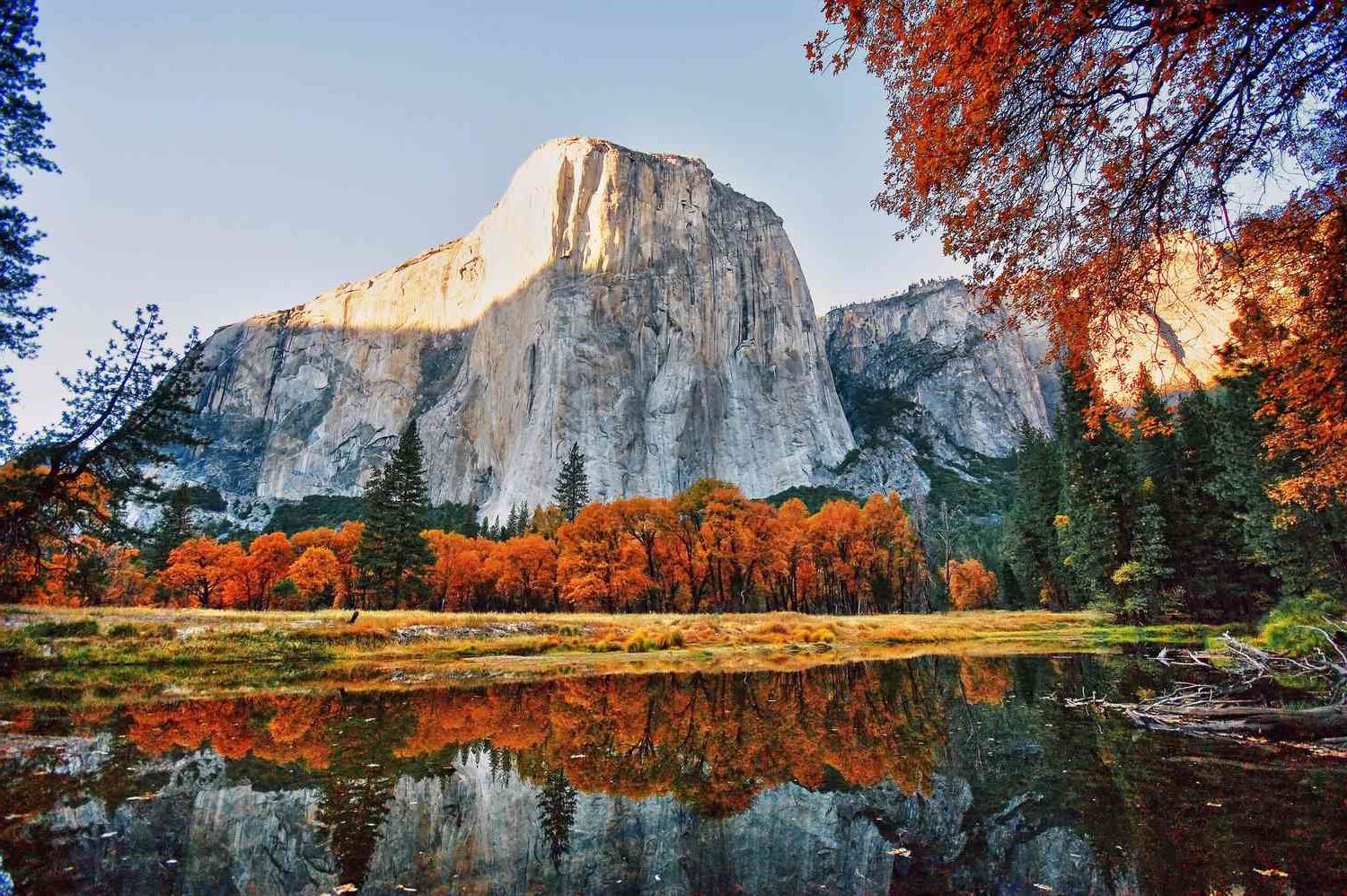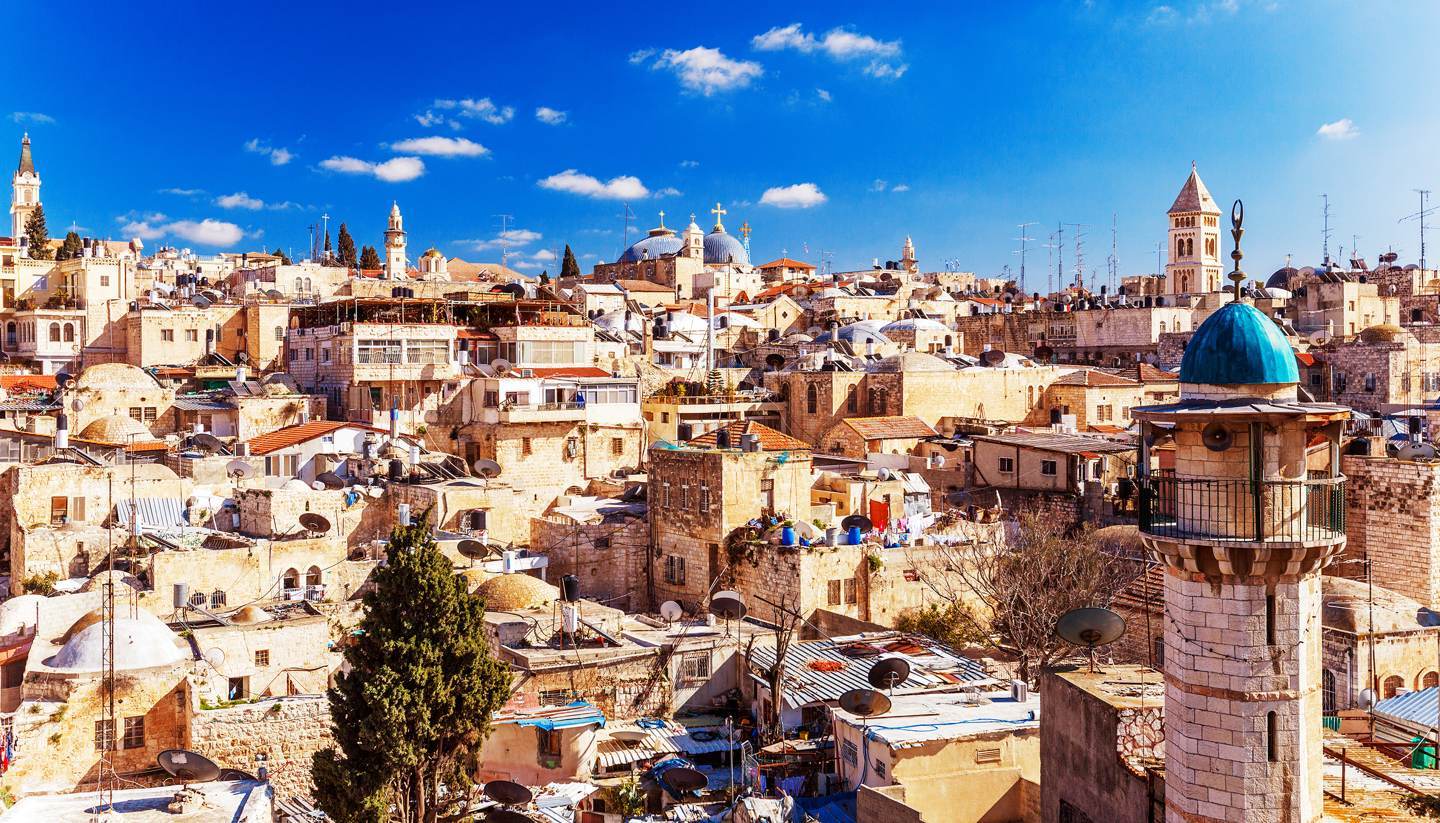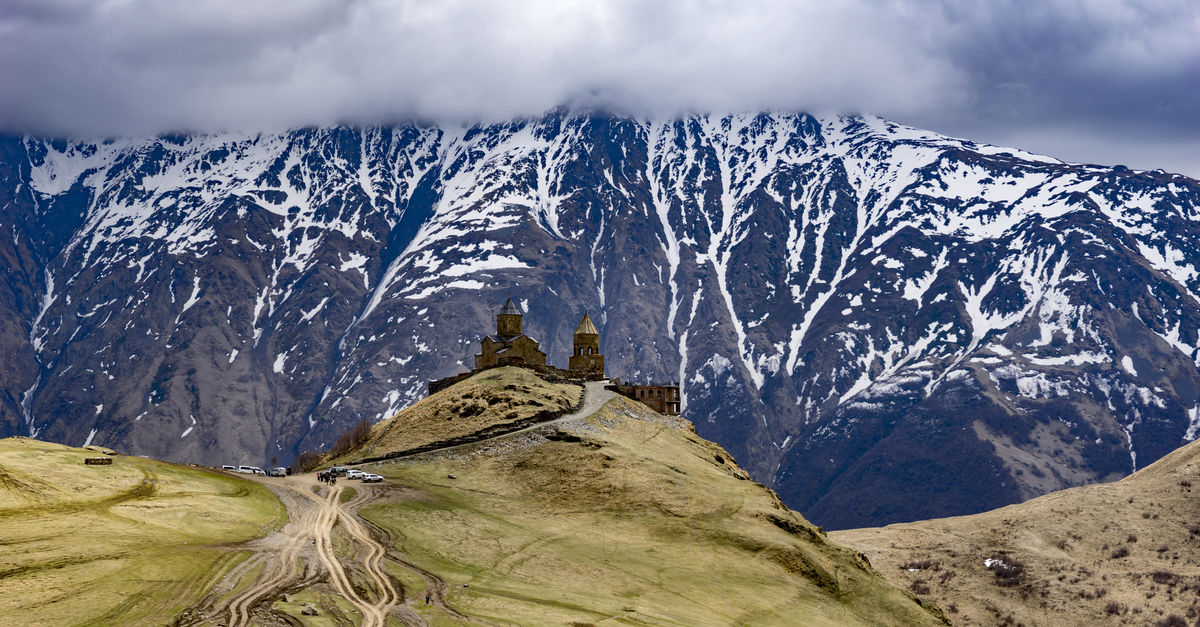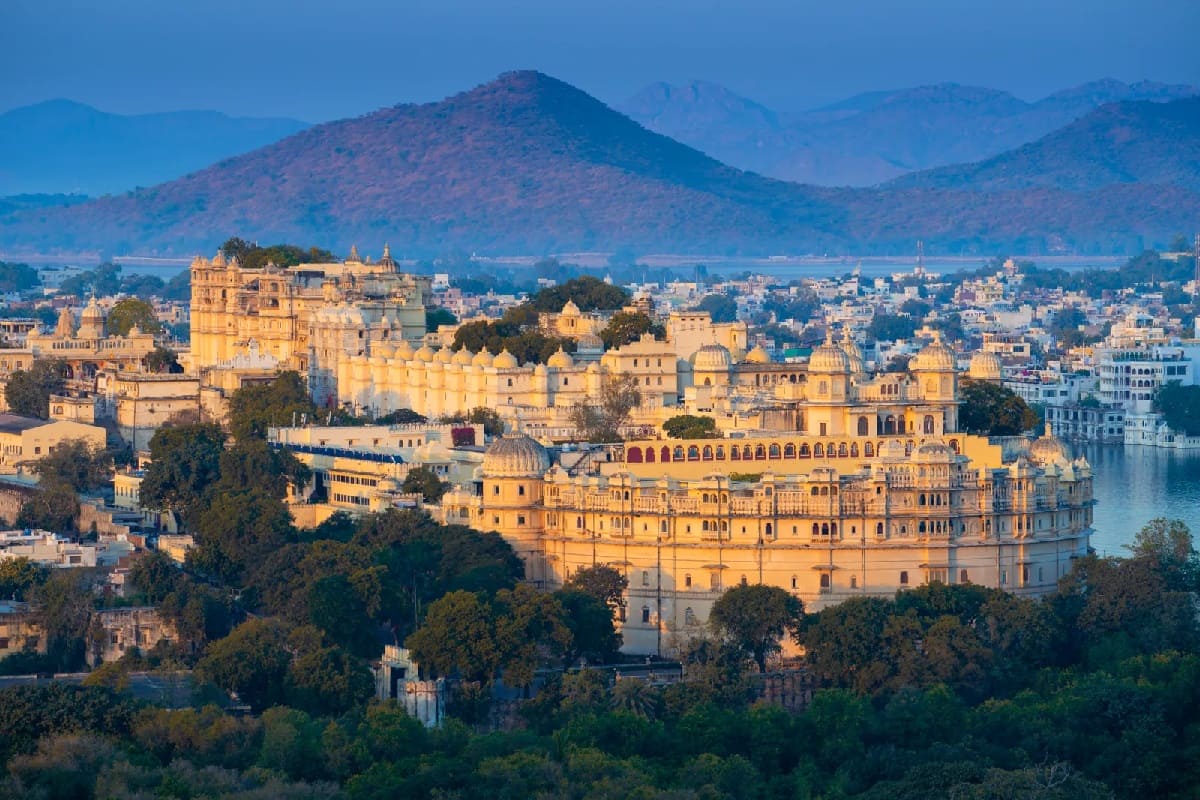Home>Weather and Climate>How India’s Temperature Varies Across Seasons
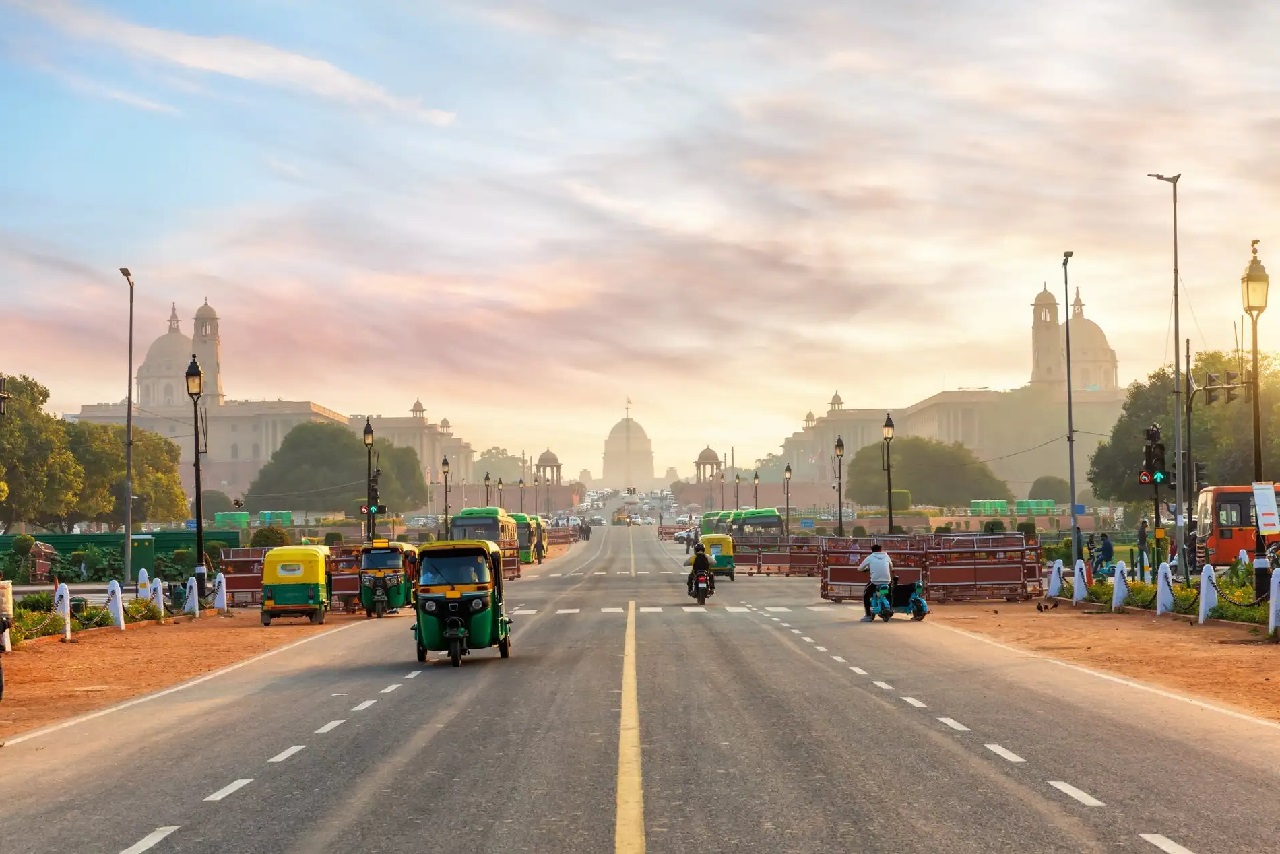

Weather and Climate
How India’s Temperature Varies Across Seasons
Published: June 14, 2024
Gain insights into India's weather and climate trends, exploring temperature patterns and climate variations in depth.
(Many of the links in this article redirect to a specific reviewed product. Your purchase of these products through affiliate links helps to generate commission for Temperatures.com, at no extra cost. Learn more)
India, with its vast geography, experiences a wide range of temperature patterns and climate variations. In the north, Himalayas act as a natural barrier, giving the region a predominantly continental climate. Winters here can be quite chilly, with temperatures sometimes dropping below freezing. Summers, on the other hand, are warm, often crossing 40°C in places like Delhi.
Moving south, the climate shifts to tropical. Coastal areas, especially along the Arabian Sea and the Bay of Bengal, experience high humidity and temperatures that hover around 30°C year-round. Monsoons play a huge role in shaping the weather across the country. Starting in June, these rains bring much-needed relief from the scorching summer heat, especially in the western and northeastern states.
In the Deccan Plateau, located in the heart of India, temperatures are a bit more moderate due to the elevation. Cities like Bangalore enjoy pleasant weather throughout the year, rarely experiencing extremes.
Understanding India's climate is fascinating because of its diversity. From the cold, snowy winters in Kashmir to the humid, tropical summers in Kerala, this country showcases an incredible range of weather patterns, all within a single national boundary.


